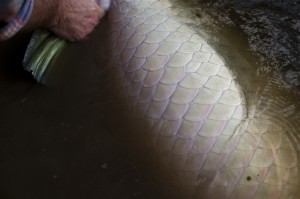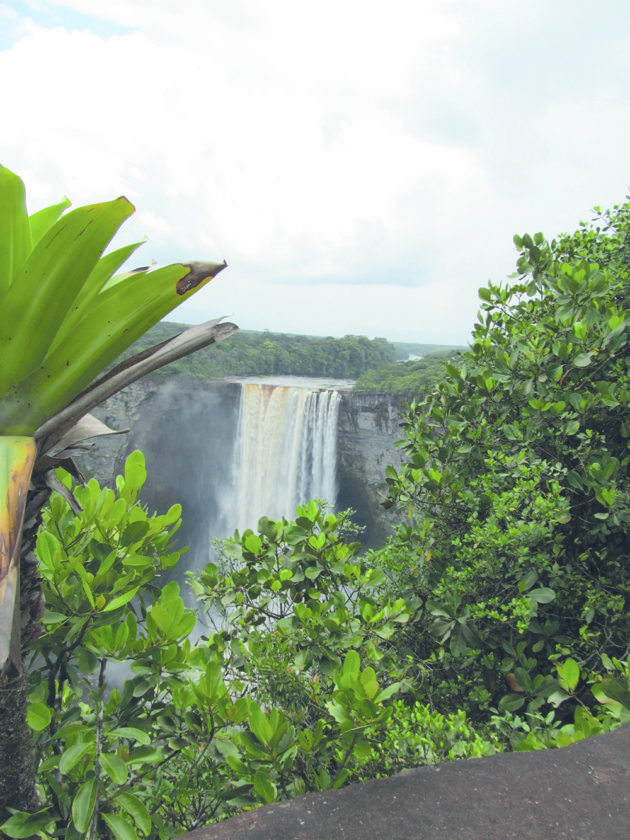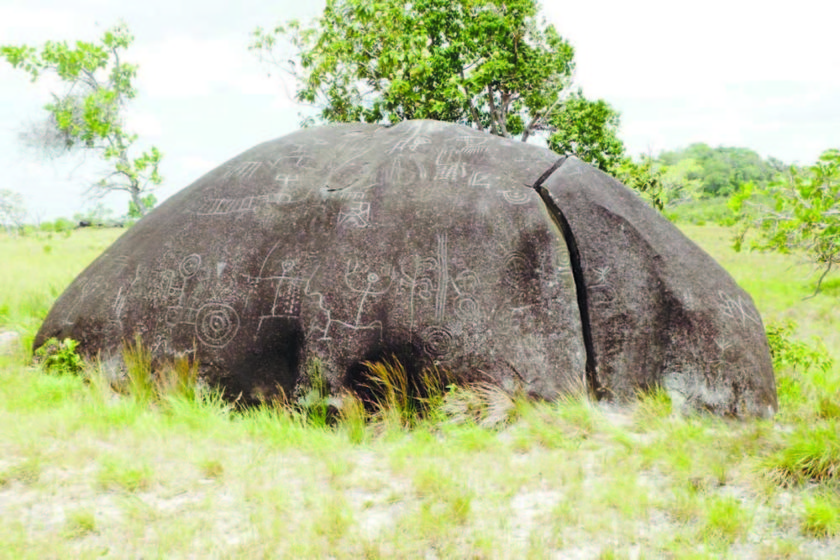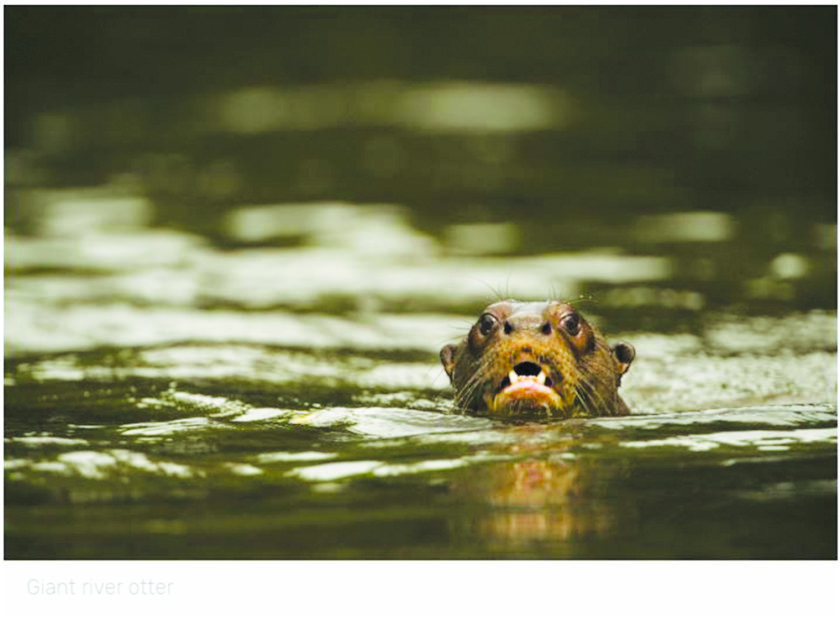The village of Rewa offers an adventure of a lifetime in sports fishing. It lies at the confluence of the Rewa and Rupununi rivers which merge, flowing 100 miles downstream into the Essequibo. It is a remarkably remote and pristine corner of the eastern Amazon basin that has been explored by very few outsiders. Rewa anglers are subsistence fishermen that typically use hand lines or bow and arrows to catch their meals. That being said, they know exactly where the fish hold, and are experts at getting them to bite.
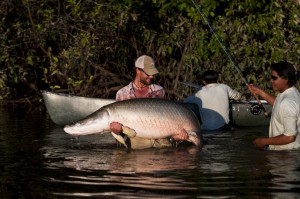
Those visiting the village have a chance to experience one of Guyana’s most remote villages to learn about their way of life and join them for a rare and exhilarating catch-and-release fishing expedition on the Rewa River. Rewa Eco-lodge is the only place to fly fish for one of the giant arapaima. If you are ready to challenge the Amazon jungle for the chance to fight 400 pounds of living dinosaur, you might just have what it takes to sport fish in Guyana.
Referred to as “dinosaurs of the deep,” and believed to be the sinister reincarnation of Pirarucu, the disrespectful and taunting son of an Amazon chief, the prehistoric arapaima can grow to be more than 10 feet long and can surpass 800 pounds in weight.
Arapaimas have a wide, scaly, gray body and a tapered head and though they can stay underwater for 10 to 20 minutes, they tend to remain near the water’s surface, where they hunt, and emerge often to breathe with a distinctive coughing noise.
The Amazon’s seasonal floods have become part of the arapaima’s reproductive cycle. During low-water months (February to April) arapaimas construct bottom nests and females lay eggs. Young begin to hatch as rising water levels provide them with flood conditions in which to flourish. Adult males play an unusual reproductive role by incubating tens of thousands of eggs in their mouths, guarding them aggressively and moving them when necessary.
Arapaima are not the only fishing options, but are certainly the largest, toughest and best-fighting fish you will encounter not just in Guyana, but anywhere in freshwater. These fish can jump and pretty much do whatever they want for the initial stages of the fight. They are explosive and unpredictable, and can freight-train their way around the pond, no matter how much heat you apply.
Arapaimas have changed very little in 150 million years and are considered a living fossil. They are predators and eat peacock bass, arowanas and even small land animals and birds. South America is one place in the world where arapaimas still live in the wild, and Guyana’s Rewa Village is the only place where they’ve been caught on a fly rod.
Unfortunately, arapaimas been overfished commercially and are currently a threatened species. However, in partnership with the village council at Rewa, Costa Sunglasses, USAID, Nervous Waters, and the Guyana Ministry of Agriculture, Wilderness Explorers is able to offer a limited number of sport fishing licenses for a remarkable and unique catch-and-release experience on the Rewa River.
